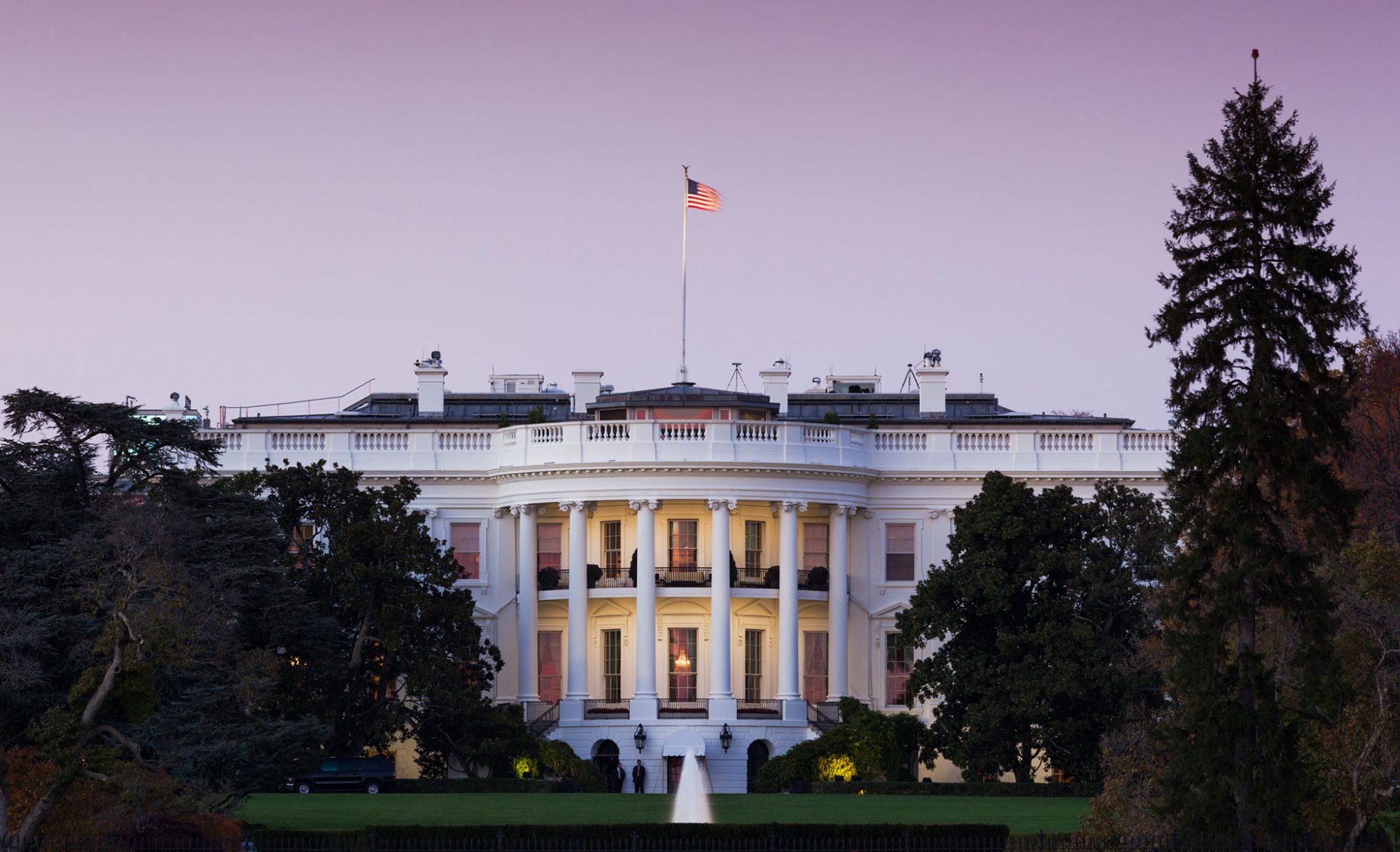
Facebook Realtime Election Updates
No Projected Winner Yet
A candidate needs 270 electoral votes to win the presidential election. The projected winner is based on the expected allocation of each state’s electoral votes. As expected, election results will take longer this year. Millions of people across the US voted by mail, and mail ballots take longer to count.
In close contests, projections may take longer
In states where the Election Night returns reflect a very close contest, you should expect media organizations to wait to make a public projection (or “call”) of victory for one candidate until a higher percentage of ballots is counted and reported.
Source: Bipartisan Policy Center

Final results may be different from the initial vote counts, as ballot counting will continue for days or weeks after polls close.
What’s Included in Election Night Returns
The vote counts you see on election night are always incomplete. Election Night returns are preliminary counts that include votes cast in person on Election Day, and may include early votes and first-arriving mail ballots in some states.
Source: Bipartisan Policy Center

Vote recounts and legal challenges are a regular feature of elections and take place under established guidelines and processes.
Recounts and Challenges Have Rules
Recounts and challenges are regular features of the voting process with clearly-defined
Source: Bipartisan Policy Center

Specific steps are required to elect the President. The winner of the 2020 US Presidential Election can only be officially declared after Congress counts the Electoral College’s votes.
Certified Results
Once voting concludes, state law guides the deadlines for counting and certifying election results. Most states will have fully certified results within a few weeks of Election Day.
Source: Bipartisan Policy Center

Observers of the vote counting process are required to act peacefully and lawfully, and not interfere with the process.
Election Observation
Observation of the vote counting process promotes confidence and integrity. It ensures that all rules and procedures are followed fairly and that no one candidate or political party is disadvantaged.
Source: Bipartisan Policy Center

Election officials follow strict rules when it comes to ballot counting, handling and reporting.
Ballot Counting and Reporting
Local election officials will count your vote and report results. In most places, the initial vote count for paper ballots—which make up the majority of ballots in 2020—is conducted by ballot scanners.
Source: Bipartisan Policy Center

Each state decides how to conduct its own elections. Rules about registering to vote, and the ways voters can lawfully cast their ballots, are different in each state.
Election Administration Is Decentralized
The administration of US elections rests almost entirely in the hands of state and local administrators. The federal Help America Vote Act of 2002 established minimum standards of election administration—such as for provisional ballots and voting systems—while leaving control of almost all operational decisions in the hands of state and local authorities.
Source: Bipartisan Policy Center

The Supreme Court does not decide who wins presidential elections.
States Run Elections, Even for President of the United States
Elections are run by state and local election officials operating under state law. That’s why states vary on deadlines, voting by mail, early voting, and even poll opening and closing times.
Source: Bipartisan Policy Center

Both voting in person and voting by mail have a long history of trustworthiness in the US. Voter fraud is extremely rare across voting methods.
Voter Fraud is Extremely Rare Across Voting Methods
Each voter’s identity and eligibility to vote are verified before their ballot is counted. Oregon, the first state to adopt a vote by mail system, has averaged fewer than one case of fraud per year for two decades (source: Heritage Foundation). Claims of voter fraud are investigated by authorities and can result in criminal charges.
Source: Bipartisan Policy Center

People across political parties successfully voted by mail and early in person in record numbers.
Record Highs in Early and Mail Voting
Voters cast a record number of ballots before Election Day in 2020. According to the US Elections Project, as of November 2, more than 98.7 million ballots had already been cast. That represents 71.6% of the total number of ballots cast during the 2016 presidential election.
Source: Bipartisan Policy Center

It’s a common strategy for adversaries to try to make voting systems appear vulnerable as an attempt to shake people’s confidence in the election process.
Election Officials Are Prepared
US elections are a prime target for malicious actors looking to undermine Americans’ confidence in our democracy.
Source: Bipartisan Policy Center

Elections are never perfect, and can withstand individual issues. Specific incidents are generally not an indication of widespread problems.
The US Election Ecosystem
Elections in the United States are administered by more than 8,000 local officials implementing federal and state laws. And Americans have a lot of options for how they register and vote.
Source: Bipartisan Policy Center










